Home>Technology>Home Entertainment Systems>What Was The First Network Television Devoted To Rock And Roll?
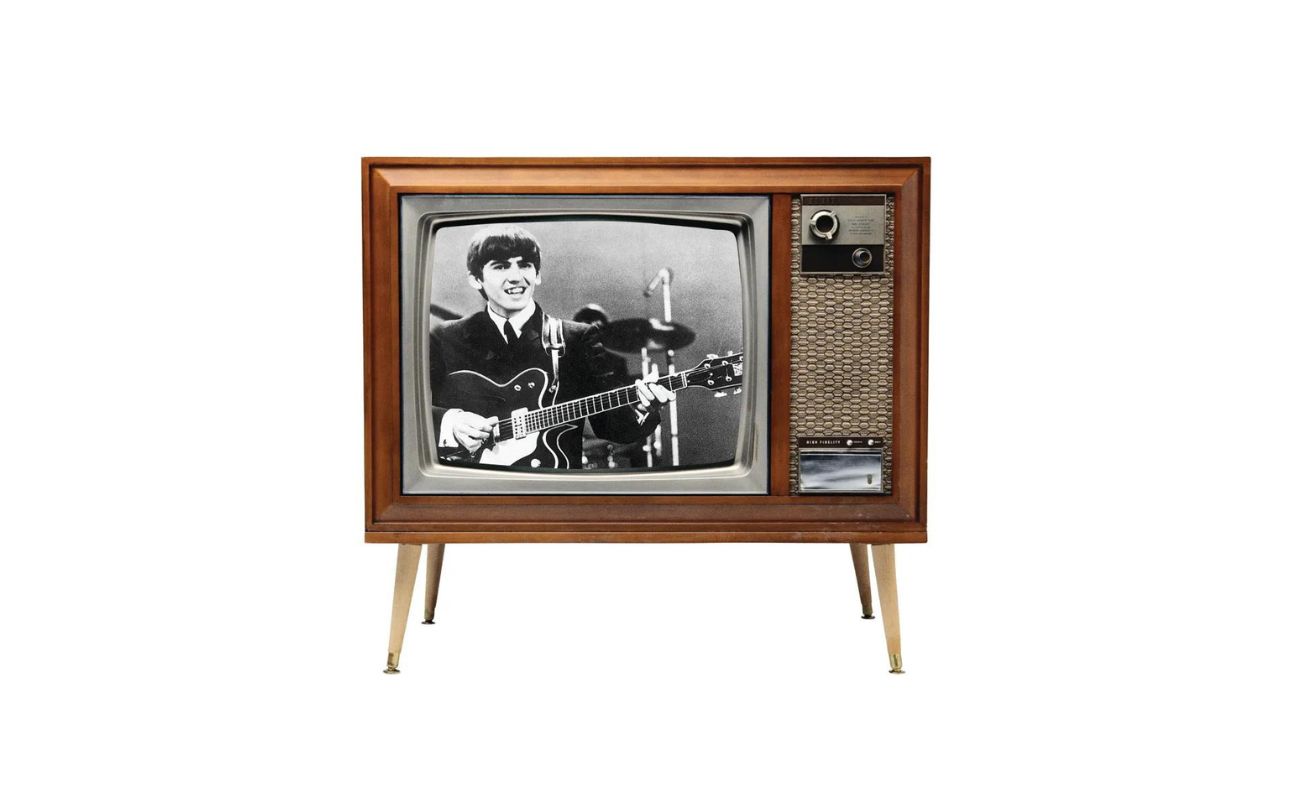

Home Entertainment Systems
What Was The First Network Television Devoted To Rock And Roll?
Published: December 20, 2023
Discover the first network television dedicated to rock and roll with our home entertainment systems. Enjoy the ultimate music experience at home.
(Many of the links in this article redirect to a specific reviewed product. Your purchase of these products through affiliate links helps to generate commission for Storables.com, at no extra cost. Learn more)
Introduction
The fusion of music and television has been a defining aspect of popular culture for decades. From variety shows to music videos, television has provided a platform for showcasing musical talent and entertaining audiences. One genre that significantly impacted the music and television industries is rock and roll. The emergence of rock and roll in the mid-20th century revolutionized the music scene, and its influence extended to the realm of television, giving rise to dedicated programming that catered to rock and roll enthusiasts.
The convergence of rock and roll with television marked a pivotal moment in the entertainment landscape, shaping the way music was consumed and experienced by audiences across the globe. This article delves into the fascinating history of the first network television devoted to rock and roll, exploring its inception, impact, and enduring legacy. By delving into this significant milestone in the evolution of music and television, we gain a deeper understanding of how rock and roll became a cultural phenomenon and how it continues to resonate with audiences today.
Key Takeaways:
- MTV, the first network television devoted to rock and roll, revolutionized music and TV by showcasing 24-hour music videos, launching artists to stardom, and shaping global trends.
- The fusion of rock and roll with television, epitomized by MTV, left an indelible mark on popular culture, influencing fashion, art, and youth culture, while championing diversity and inclusivity within the music industry.
Read more: What Is The CW Television Network?
The Birth of Rock and Roll
Rock and roll emerged in the 1950s as a dynamic and revolutionary genre that combined elements of rhythm and blues, country, and gospel music, creating a sound that was energetic, rebellious, and undeniably infectious. This new musical form captured the spirit of a generation, reflecting the evolving social and cultural landscape of post-World War II America.
At the heart of rock and roll was a spirit of rebellion and youthful exuberance, embodied by iconic figures such as Elvis Presley, Chuck Berry, Little Richard, and Buddy Holly. Their electrifying performances and groundbreaking recordings captivated audiences and set the stage for a musical revolution. The raw energy and emotional intensity of rock and roll struck a chord with listeners, transcending racial and generational boundaries.
Rock and roll’s impact extended beyond the realm of music, influencing fashion, language, and attitudes. It became a symbol of freedom, individuality, and cultural expression, embodying the restless spirit of a generation on the brink of profound societal change. The birth of rock and roll represented a seismic shift in popular music, laying the foundation for a genre that would endure and evolve over the decades.
The Emergence of Network Television
In the post-World War II era, television rapidly gained popularity as a primary source of entertainment and information for American households. The 1950s witnessed a surge in television ownership, leading to the proliferation of programming that catered to diverse audience interests. As television networks expanded their reach and influence, they sought to capitalize on the burgeoning popularity of rock and roll by incorporating music-related content into their schedules.
Television became a powerful medium for showcasing musical performances, introducing audiences to new artists, and connecting fans with their favorite songs and bands. Variety shows, such as “The Ed Sullivan Show” and “American Bandstand,” played a pivotal role in bringing rock and roll into the living rooms of millions of viewers. These programs provided a platform for emerging and established musicians to reach a wide audience, contributing to the mainstream acceptance of rock and roll as a dominant cultural force.
As television technology advanced and programming diversified, the demand for music-centric content grew. Networks recognized the significance of catering to the evolving tastes of their viewers, leading to the development of specialized music programs that focused exclusively on rock and roll. This shift marked a turning point in the relationship between television and popular music, paving the way for the creation of the first network television devoted entirely to the burgeoning rock and roll movement.
The first network television devoted to rock and roll was “The Midnight Special,” which aired on NBC from 1972 to 1981. It featured live performances from popular rock and roll artists.
The First Network Television Devoted to Rock and Roll
Amid the burgeoning popularity of rock and roll, the demand for dedicated music programming led to the establishment of the first network television devoted exclusively to the genre. In 1983, MTV (Music Television) made its groundbreaking debut, forever altering the landscape of music and television. As the first 24-hour music video channel, MTV revolutionized the way audiences experienced and interacted with music, solidifying its status as a cultural phenomenon.
MTV’s arrival marked a paradigm shift in the music industry, providing a platform for artists to showcase their creativity through the medium of music videos. The channel’s innovative format offered a visual counterpart to the audio-centric nature of rock and roll, allowing viewers to engage with their favorite songs in a visually compelling and immersive manner. As a result, MTV became instrumental in launching the careers of numerous musicians and bands, propelling them to stardom through the power of visual storytelling and artistic expression.
MTV’s influence extended beyond music videos, as the channel also featured original programming that celebrated the rock and roll ethos. Shows like “Headbangers Ball” and “MTV Unplugged” further diversified the network’s offerings, catering to a wide spectrum of rock and roll enthusiasts. These programs provided a platform for live performances, interviews, and behind-the-scenes glimpses into the lives of musicians, fostering a deeper connection between artists and their fans.
MTV’s impact on popular culture was profound, shaping the tastes and preferences of a generation while influencing fashion, art, and youth culture. The channel’s ability to launch global trends and shape the musical landscape solidified its position as a transformative force in the entertainment industry. By embracing the spirit of rock and roll and championing artistic innovation, MTV set a precedent for future music-oriented television networks, leaving an indelible mark on the history of rock and roll and television.
Impact and Legacy
The advent of MTV had a profound impact on the music and television industries, reshaping the way audiences consumed and engaged with rock and roll. By pioneering the concept of 24-hour music programming, MTV propelled rock and roll into the forefront of popular culture, elevating the visibility and commercial success of artists across various genres. The channel’s influence extended beyond the United States, reaching international audiences and fostering a global appreciation for rock and roll music.
MTV’s emphasis on visual storytelling through music videos redefined the creative possibilities within the music industry, inspiring artists to innovate and experiment with their visual representations. Iconic music videos became synonymous with the rock and roll experience, serving as a powerful medium for artistic expression and narrative exploration. The cultural impact of music videos on MTV transcended entertainment, influencing fashion trends, visual arts, and the broader landscape of popular culture.
Furthermore, MTV’s role in promoting diversity and inclusivity within the music industry cannot be overstated. The channel provided a platform for artists from diverse backgrounds to showcase their talents, amplifying voices that had previously been underrepresented in mainstream media. This commitment to inclusivity contributed to the enrichment and diversification of the rock and roll genre, fostering a more inclusive and representative music landscape.
MTV’s enduring legacy is evident in its lasting influence on subsequent generations of music enthusiasts and industry professionals. The channel’s innovative approach to music programming set a precedent for future networks and digital platforms, shaping the evolution of music consumption in the digital age. The impact of MTV continues to reverberate through contemporary music culture, as its legacy remains intertwined with the ongoing development of rock and roll and its enduring relevance in the modern era.
Read more: What Was The First Sitcom On Television
Conclusion
The convergence of rock and roll with network television, epitomized by the groundbreaking emergence of MTV, represents a transformative chapter in the history of music and entertainment. The symbiotic relationship between rock and roll and television gave rise to a cultural phenomenon that transcended boundaries, resonating with audiences on a global scale. MTV’s innovative approach to music programming revolutionized the industry, ushering in a new era of visual storytelling and artistic expression.
As the first network television devoted exclusively to rock and roll, MTV left an indelible mark on popular culture, shaping the tastes, attitudes, and experiences of generations of music enthusiasts. The channel’s impact extended far beyond the realm of music, influencing fashion, art, and youth culture, while championing diversity and inclusivity within the music industry. MTV’s enduring legacy continues to inspire and inform the evolution of music and television, serving as a testament to the enduring power of rock and roll as a cultural force.
By delving into the history and impact of the first network television devoted to rock and roll, we gain a deeper appreciation for the profound influence of music on television and vice versa. The fusion of these two mediums has not only enriched the entertainment landscape but has also contributed to the cultural tapestry of society, reflecting the ever-changing dynamics of human expression and creativity.
As we look to the future, the legacy of MTV serves as a reminder of the transformative potential inherent in the intersection of music and visual media. It stands as a testament to the enduring relevance and timeless appeal of rock and roll, perpetuating its legacy as a vibrant and influential genre that continues to captivate and inspire audiences across generations.
Frequently Asked Questions about What Was The First Network Television Devoted To Rock And Roll?
Was this page helpful?
At Storables.com, we guarantee accurate and reliable information. Our content, validated by Expert Board Contributors, is crafted following stringent Editorial Policies. We're committed to providing you with well-researched, expert-backed insights for all your informational needs.
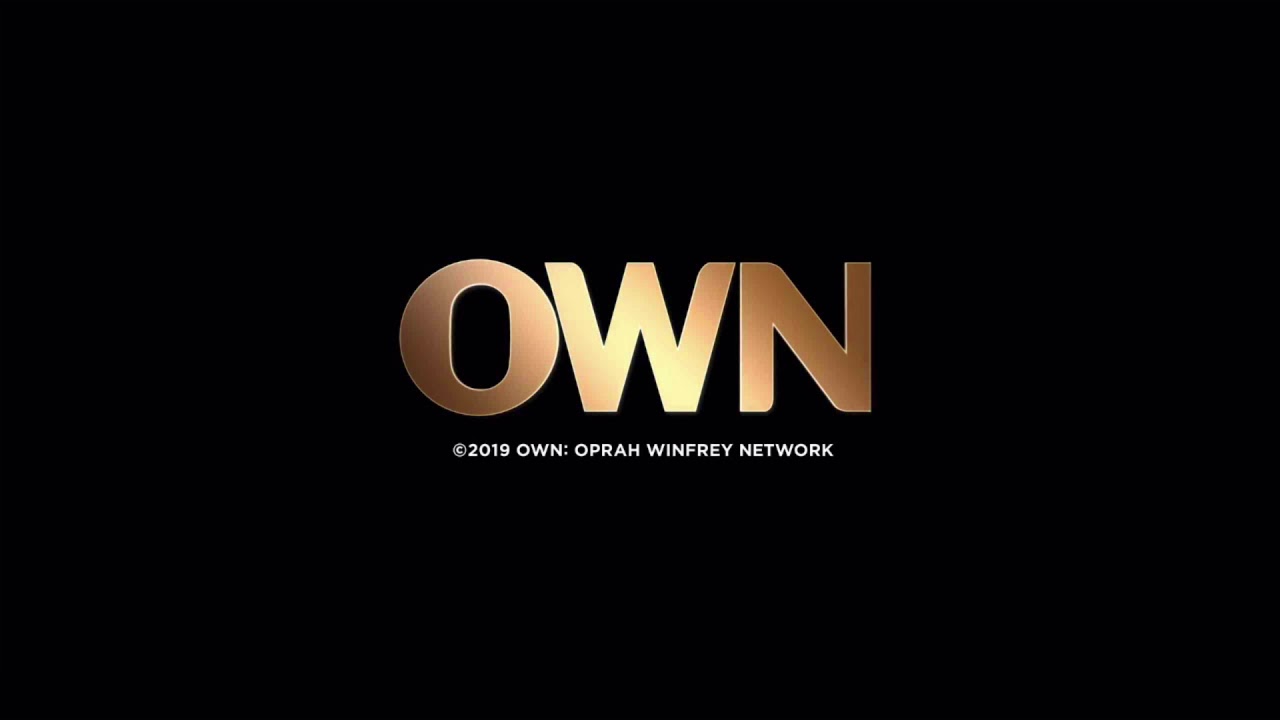

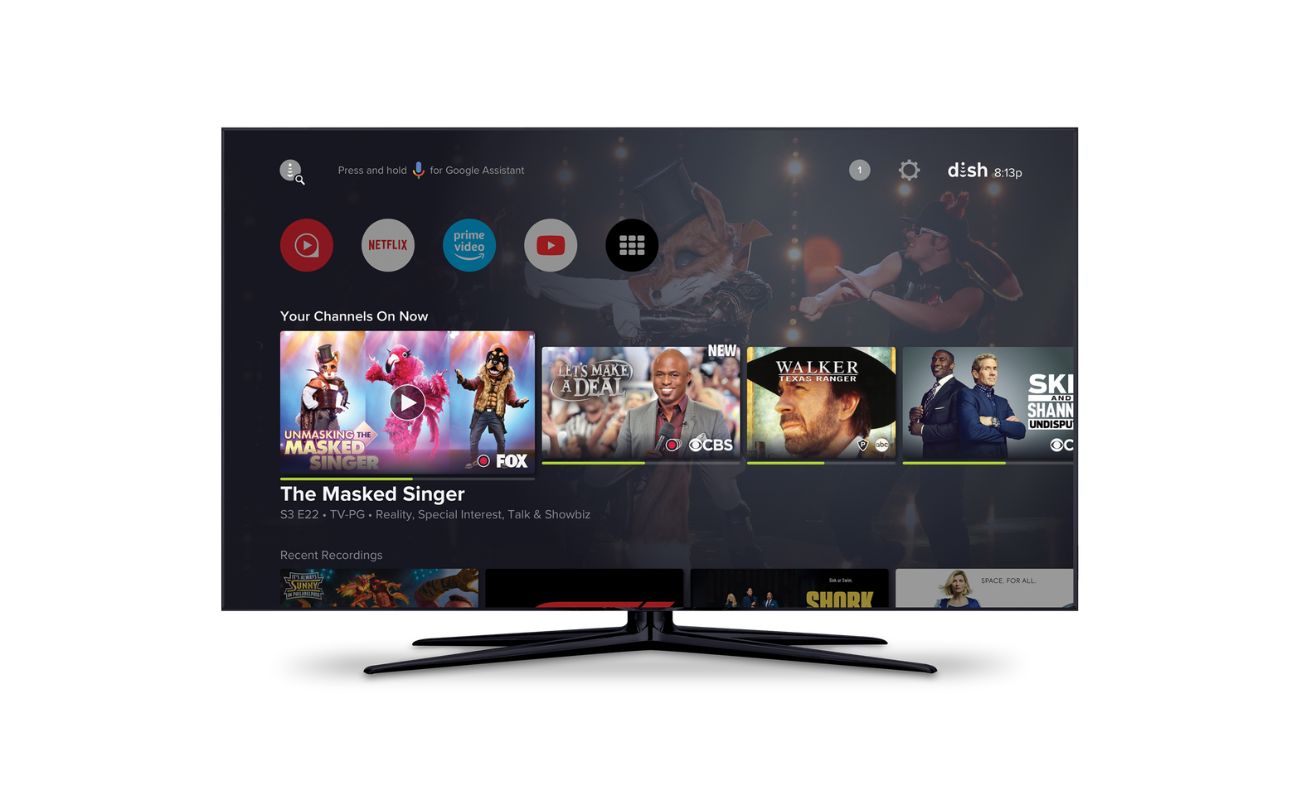







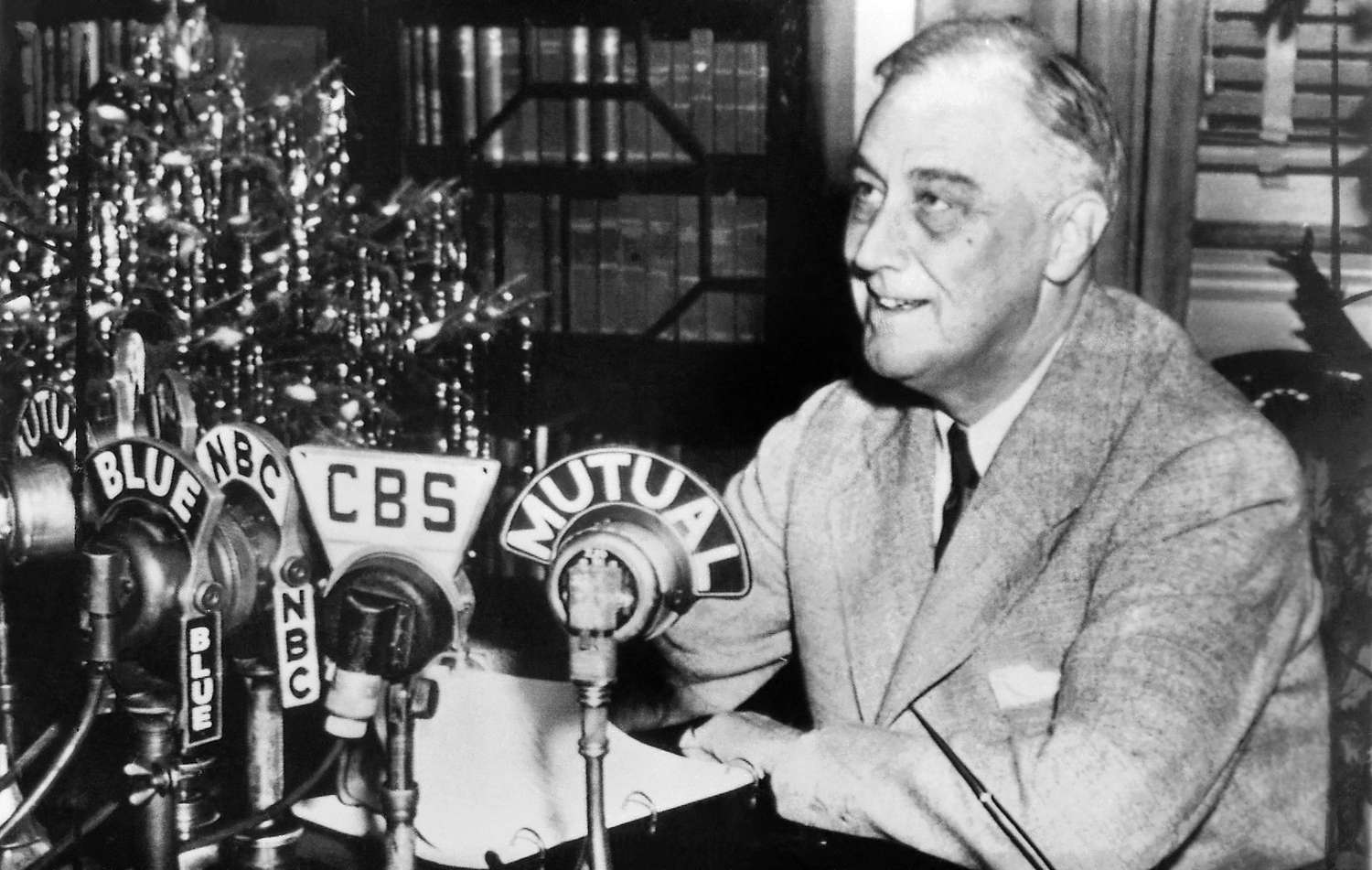

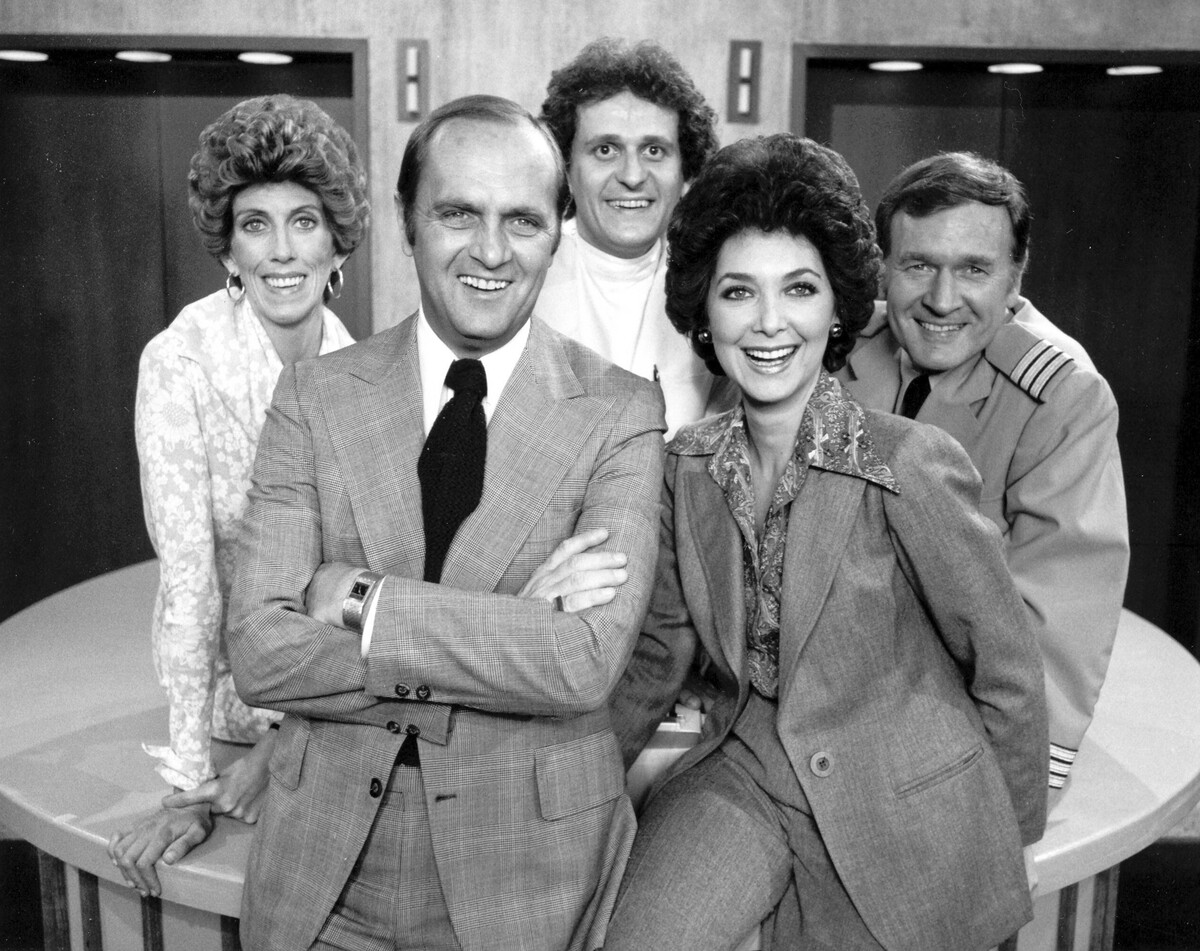


0 thoughts on “What Was The First Network Television Devoted To Rock And Roll?”